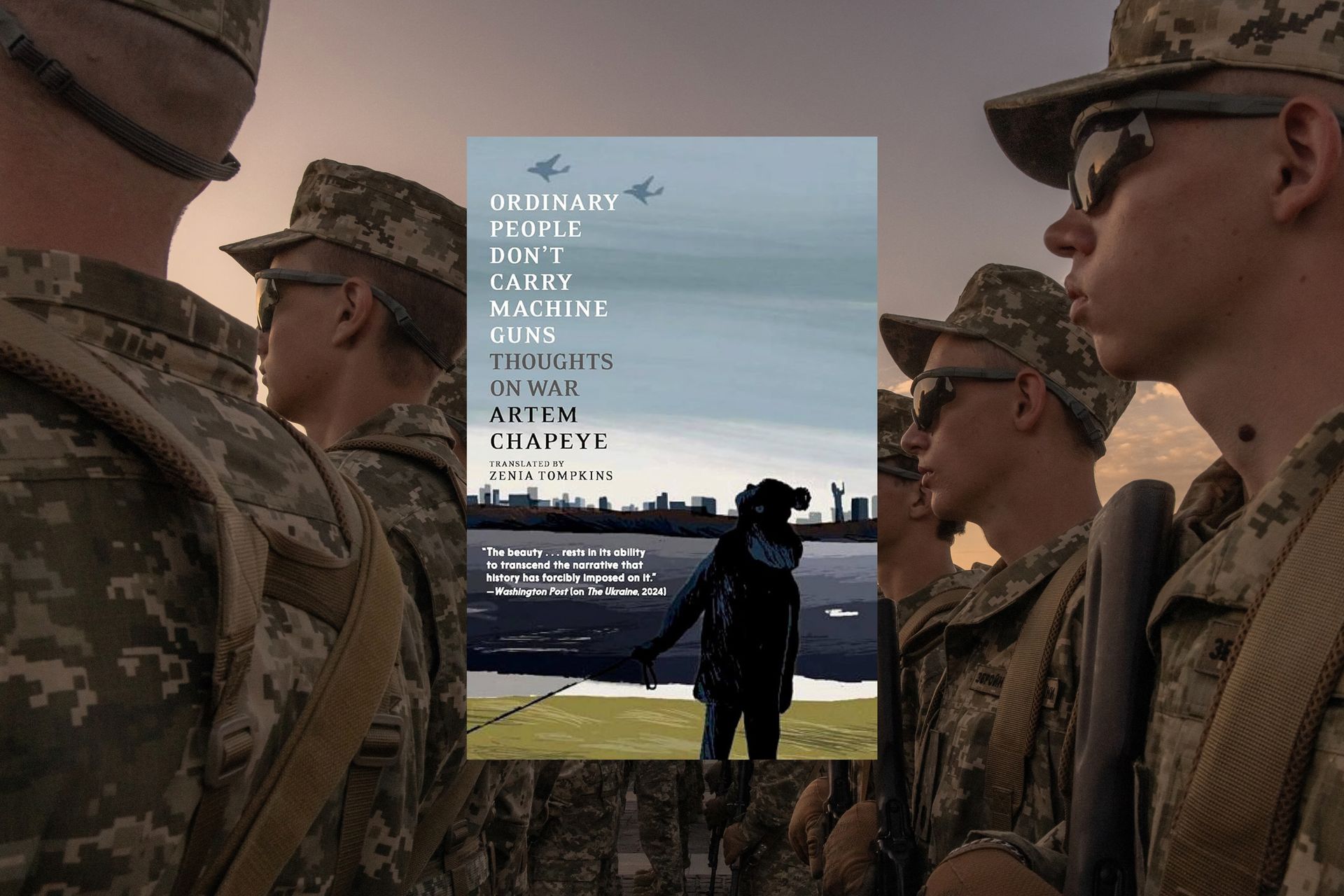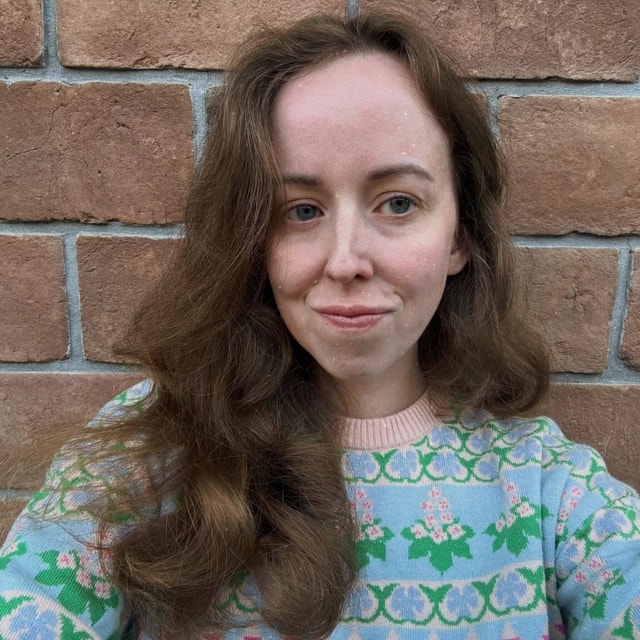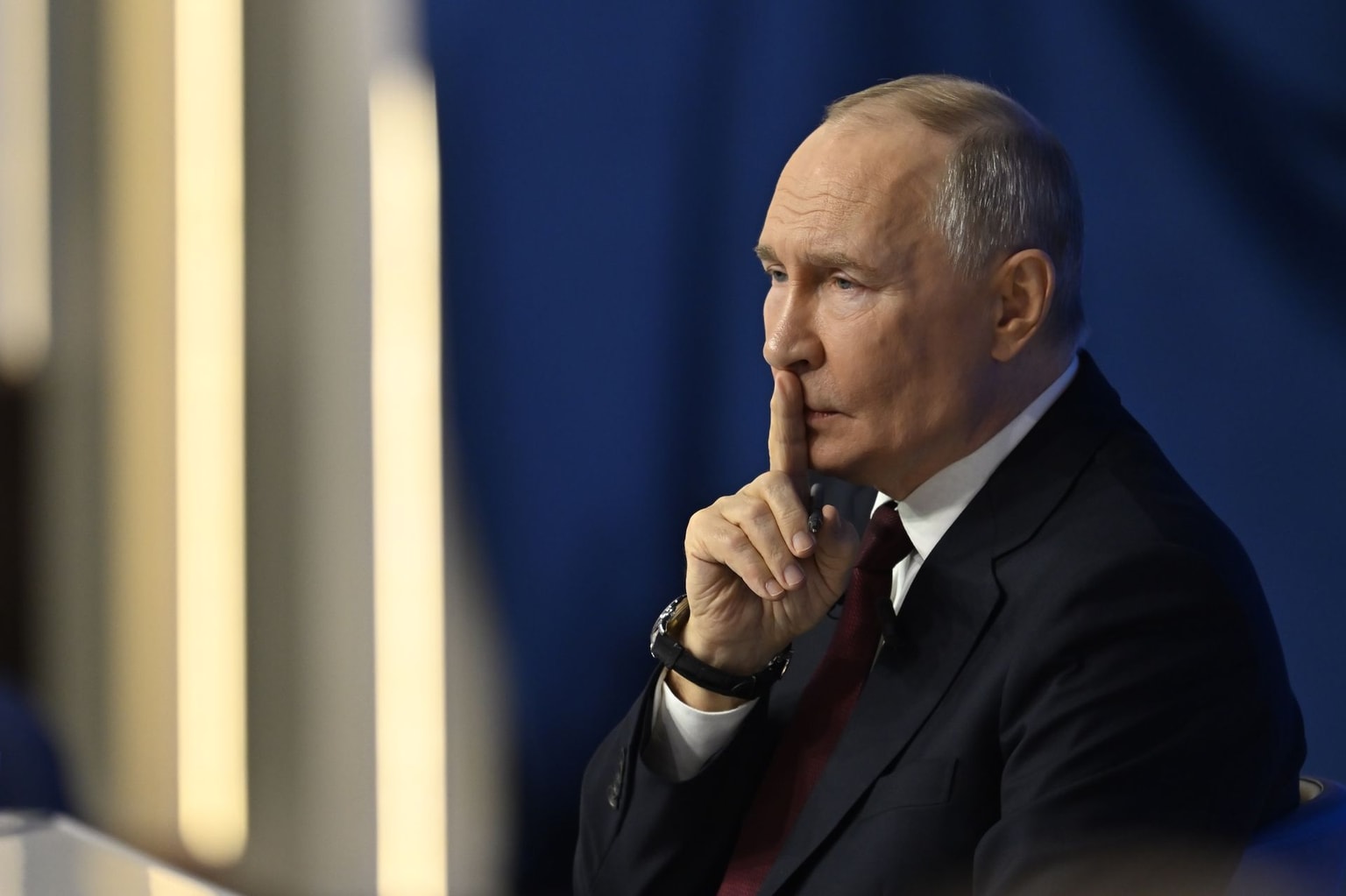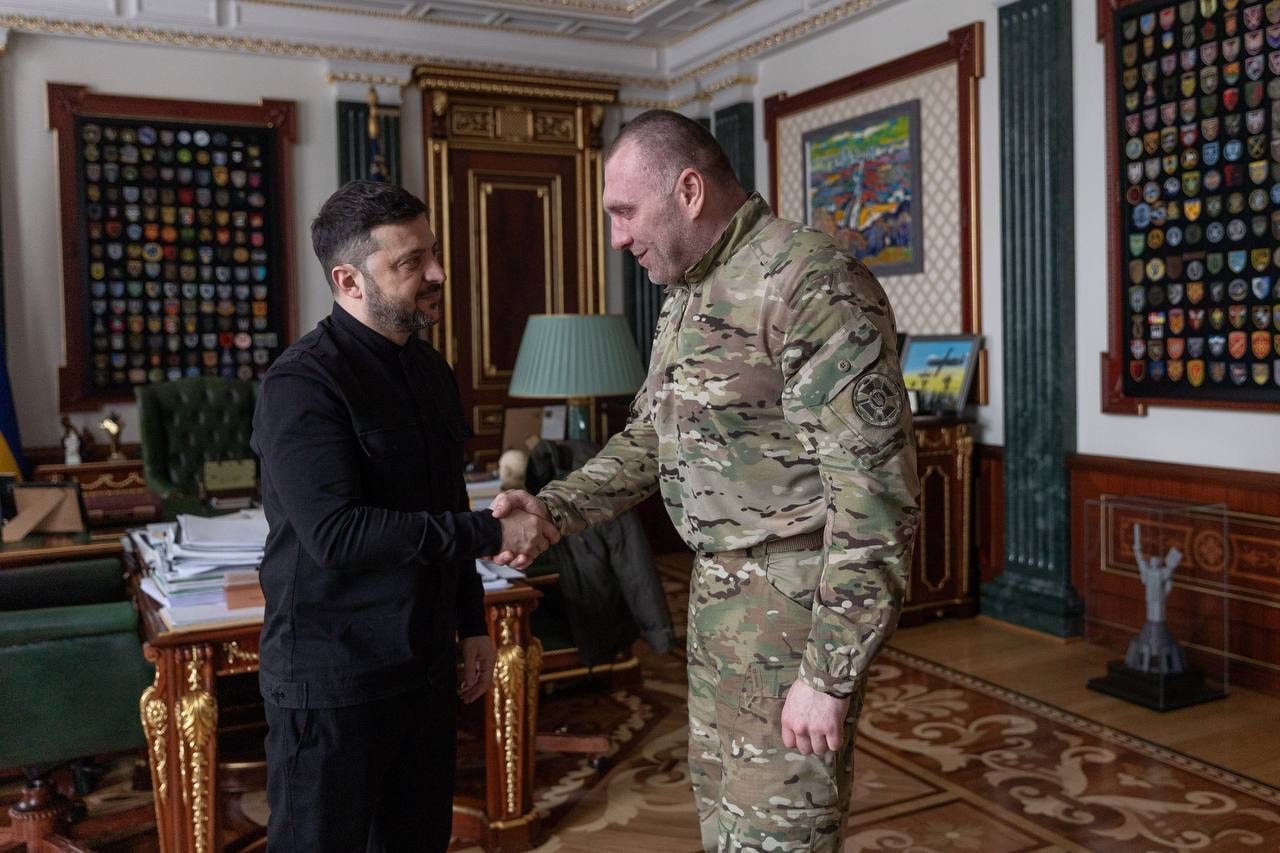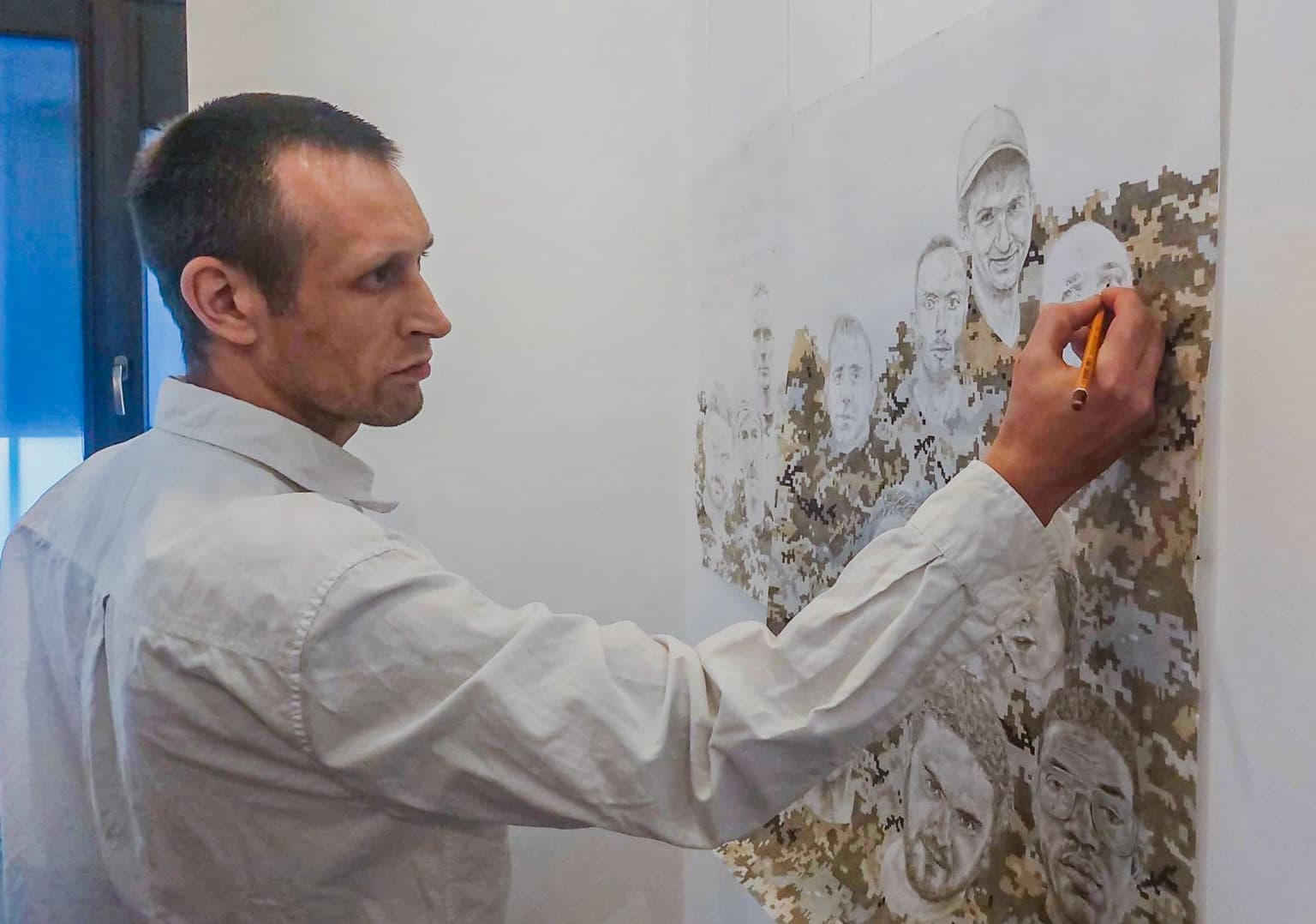
‘For him, Russia exemplified modern fascism’ — Ukrainian anarchist artist killed fighting on front line
David Chichkan, a Ukrainian artist and anarchist known for his political art, who was killed while serving on the front line in Zaporizhzhia Oblast, Ukraine, in August 2025, in an undated photo. (Anton Parambul/Facebook)
At first, it might sound paradoxical — a committed anarchist choosing to join the army. Yet for Ukrainian artist David Chichkan, enlisting in the Armed Forces in 2024 was driven by the very political ideals that defined his world view.
“David’s military service deeply resonated with his life-long and unwavering stance of resistance to any neo-fascist, imperialist or chauvinist force,” Chichkan’s friend, filmmaker Oleksiy Radynski, told the Kyiv Independent.
“For him — just like for so many of us in Ukraine — the Russian army actually exemplified modern fascism: a point that is still difficult to comprehend for much of the global public.”
On Aug. 9, during a combat mission repelling a Russian infantry assault on the Zaporizhzhia front in the south of Ukraine, Chichkan sustained a fatal injury. His heart “fell silent” the following day, the United Anti-Authoritarian Forces of Ukraine, a collective of fellow leftist soldiers, announced on Aug. 10. Chichkan is survived by his wife and young son.
Chichkan is among the 221 writers, artists, scholars, and other cultural figures who have been killed, whether in Russian attacks on civilians or while serving at the front, since the start of Russia’s full-scale war against Ukraine, according to the monitoring service They Were Killed by Russia.
An artistic vision for democratic Ukraine
Born in Kyiv in 1986, Chichkan descends from a family of artists whose history traces the arc of Ukraine’s turbulent 20th century. Among them was his great-grandfather, Leonid Chichkan, a socialist painter whose works — once a core part of the Kherson Art Museum’s collection — were among those looted by Russian forces during the 2022 occupation.
Chichkan’s artwork confronts structures of power with unflinching clarity and intensity, ultimately capturing the fraught pulse of a nation fighting to defend its sovereignty.
"David did not like being called an artist," art critic Kostiantyn Doroshenko told the Kyiv Independent. "A 'drawer' — that is how he defined his artistic work, seeing it as one of the means of communicating social, emancipatory, and anarchist ideas."


Champions of social justice from throughout Ukraine’s history informed Chichkan's creative output. Among them was 19th-century author Lesia Ukrainka, celebrated not only for her literary prowess but also for her advocacy of women’s rights and her rejection of all forms of oppression.
The legacy 20th-century anarchist revolutionary Nestor Makhno, commander of the Revolutionary Insurgent Army of Ukraine during the Ukrainian War of Independence, also deeply resonated with Chichkan.
Still, Chichkan became the target of a vocal cohort of conservative critics who at times even lumped his left-wing politics in with supporters of the Soviet Union — despite his own view that such leftists were authoritarian-leaning, and therefore also his ideological enemy.
“His views often seemed too radical for our society which is heavily affected by individualistic and conservative ideas. His artwork was critical to the existing mainstream and he was courageous enough to raise sensitive issues,” Chichkan’s friend Vitalii Dudin, an activist with the NGO Social Movement, told the Kyiv Independent.
At times, this refusal to engage with his artistic vision or the conviction underpinning his political beliefs sparked violent reprisals.
In 2017, around 15 masked right-wing militants forcibly entered Chichkan’s exhibition “Lost Opportunity,” at Kyiv’s Center for Visual Culture. In the exhibition, Chichkan’s work lingered on a question that has haunted Ukraine since 2014: whether the EuroMaidan Revolution had realized the goal to improve Ukrainian society it had set out to achieve.
The masked men assaulted the security personnel and destroyed a number of Chichkan’s artworks. They spray-painted insults on the walls, including accusations that Chichkan was somehow loyal to Moscow.
"Calling him pro-Russian was total bullsh*t," journalist Katerina Sergatskova, who was a friend of Chichkan's, told the Kyiv Independent. "He saw himself as a proud patriot of Ukraine."
"He consciously felt his Ukrainianness, as he saw the project of Ukrainian identity in the struggle against all injustice," Chichkan’s friend and fellow soldier “Lesyk,” who asked to be identified only by his call sign, added.
The attack targeting his Kyiv exhibition was one of the most infamous, although it wouldn’t be the last.
His exhibition “With Ribbons and Flags” at the Odesa National Art Museum was canceled in January 2024 after an online campaign expressed anger with how his work prior to 2022 engaged with depictions of the more contentious moments in Ukraine’s military history.
The planned exhibition’s artwork portrayed Ukraine’s military through the connecting threads of feminism, social equality, and anti-authoritarianism, emphasizing the power of solidarity in achieving these ideals for a democratic Ukraine.
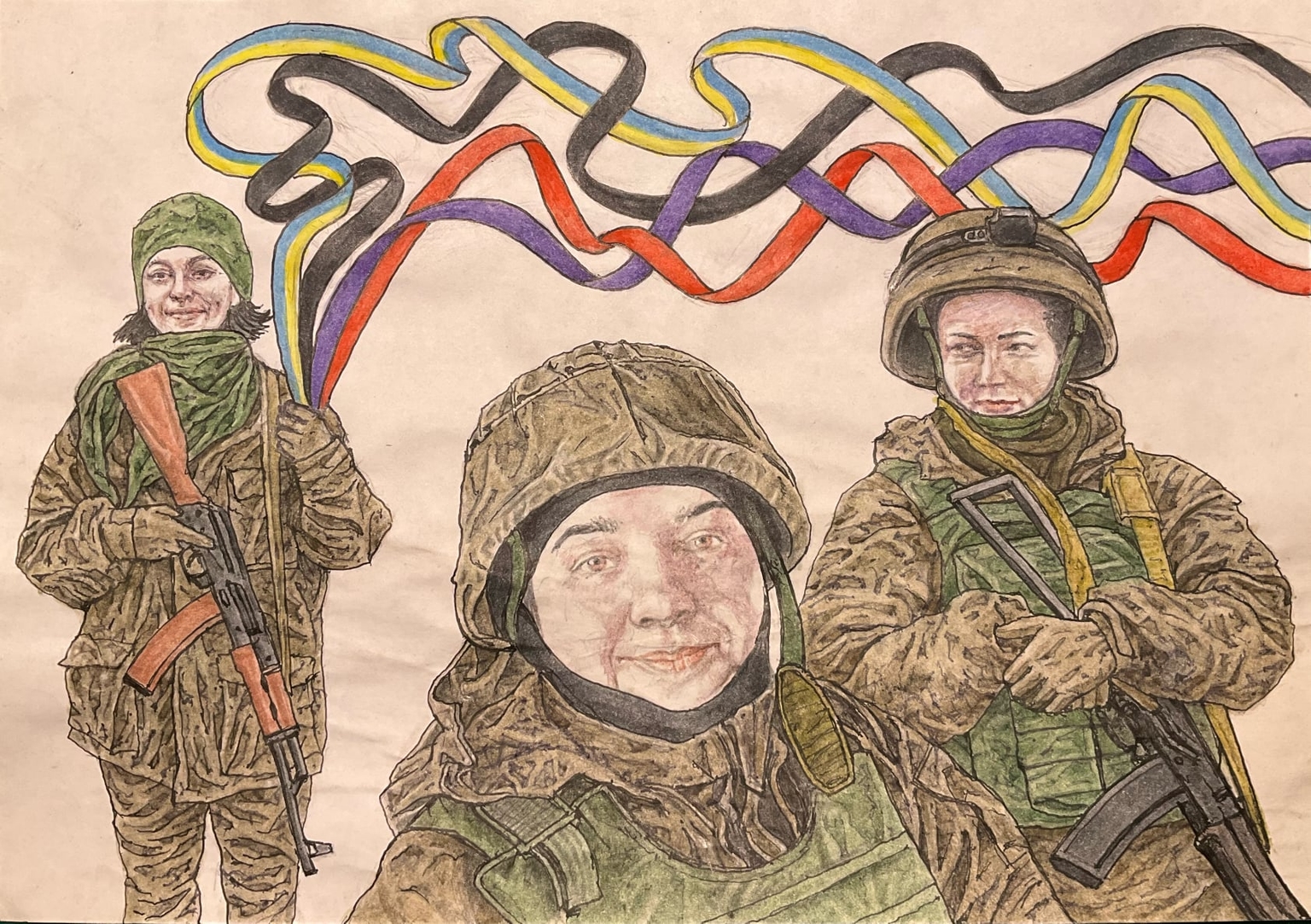
“I am a bearer of anti-authoritarian leftist views. Accordingly, those who hold right-wing authoritarian views try to hinder my work; to do this, they deliberately misinterpret my output,” Chichkan told Suspilne in response to the exhibition’s cancellation in 2024.
“People reacted this way because they did not want to understand what my images were about; instead, they listened not to my explanation, but to those false interpretations."
In a post on her personal Facebook page, Chichkan’s wife, Anna, called out those who had rejected his political and artistic vision during his lifetime.
“I wish those who harassed and insulted him, disrupted his exhibitions, and threatened him would apologize and that those who allowed it all would at least feel remorse now,” she wrote.
“He died fighting on the front lines, having spent a year in hell itself, while armchair patriots criticized him from the rear for being leftist. They will all have to live with that.”
The artist as a soldier
Initially unable to serve in 2022 due to his health, Chichkan remained engaged in supporting Ukraine’s Armed Forces through his artistic practice up until 2024, when he was finally able to enlist.
Determined to contribute where he could make the greatest impact in defending Ukraine, Chichkan ultimately chose a combat unit where he served as a mortar operator.
Lesyk, who served in a different battalion of the Territorial Defense Forces, described Chichkan as someone who was "not reckless but never refused to carry out tasks under even the most difficult conditions."

Chichkan also never made any effort to secure better conditions for himself, despite his international profile as an artist, and shouldered his responsibilities like any other soldier.
“Together with his brothers- and sisters-in-arms, he dug, carried, equipped, loaded, aimed, fired, and carried out everyday tasks, never shirking physical labor,” Lesyk said.
Though opportunities to continue creating art at the front were scarce, Chickhan nonetheless found ways to express his creativity in his interactions with fellow soldiers.
“With his depth of knowledge and being so well-read — despite lacking formal higher education — David became (his fellow soldiers’) guide into the world of Ukrainian history and literature, art, and global leftist thought."
Chichkan saw the promotion of radical left ideas among his fellow soldiers as “one of his most important missions as part of Ukraine’s Armed Forces,” Radynski added.
“In this sense, his army service was nothing but a logical next step in both his political and artistic trajectories, which were inseparable for him.”
Note from the author:
Hi, this is Kate Tsurkan, thanks for reading this article. It's soul crushing to have to introduce you to the work of yet another artist in their obituary, but sadly, that's what is happening due to Russia's all-out war of total annihilation. Supporting Ukrainian culture is more important than ever. If you like reading about this sort of thing, please consider supporting The Kyiv Independent.

